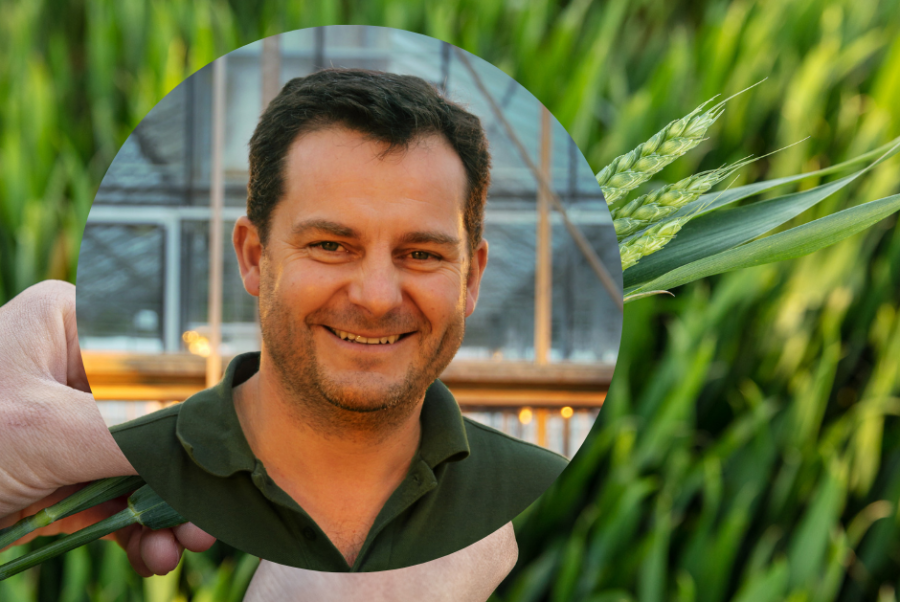With coming up to 30 years’ experience in plant breeding, KWS’ Mark Dodds foresees the role of policy as a means of making or breaking the sector.
“The oilseed rape area has halved following the ban of neonicotinoid seed treatments whereas with SFI, this will add pressure to smaller crops such as winter barley. With a reduction in area comes less income, investment and innovation in these crops making policy their biggest threat,” he suggests.
“We also require time to react to policy once it’s been introduced because plant breeding takes at least 10 years to deliver on a target – from making a cross to getting a product to market – although sometimes solutions can be found from within a breeding programme quicker.”
Evolution
During the years, UK farming has evolved and with that plant breeders have had to produce varieties which are suitable for today’s farming to consistently meet farmer requirements, adds Mark. “Responding to changes in chemistry, environment and policy will continue to be essential so that farmers have the varieties required to meet those demands and maximise returns.”
Mark believes technologies such as genome editing and AI will make the plant breeding of the future more efficient, whereas the use of drones will be complementary. “Using drones in disease scoring would certainly speed up and automate the evaluation of new varieties if the technology can get to a standard where it can score as well as people.
“It’s about deciding which technologies are useful and which aren’t, remembering there’s no substitution for field work and seeing crops in a practical scenario.
“More extreme weather events and patterns mean that no two years are the same, so seeing the performance of varieties in different situations and locations is more important than ever to get the full picture. Having options which are consistently top performers whatever the year’s weather throws at it will be key.”
Genetic traits
In terms of now, he recognises that genetic traits have become much more important. “Examples being BYDV-tolerant barley and pod shatter resistance in OSR. The advantages to be gained from such traits will have to be maintained in the future, as well as adding new resistance mechanisms for emerging pest and disease threats,” he concludes.
This article stems from CPM’s Arable Farming 2050 feature, which was written to celebrate the magazine’s 25th anniversary.




